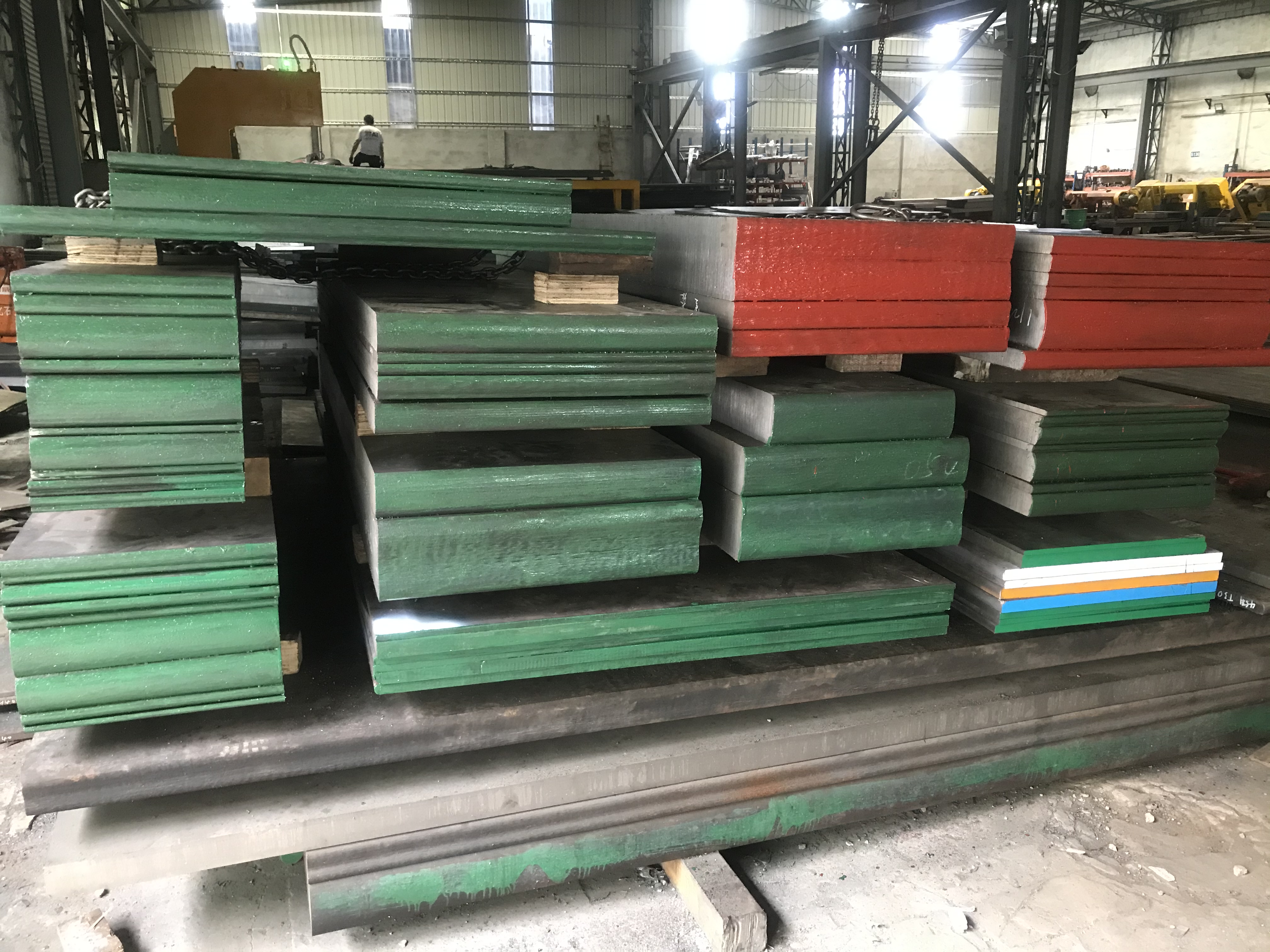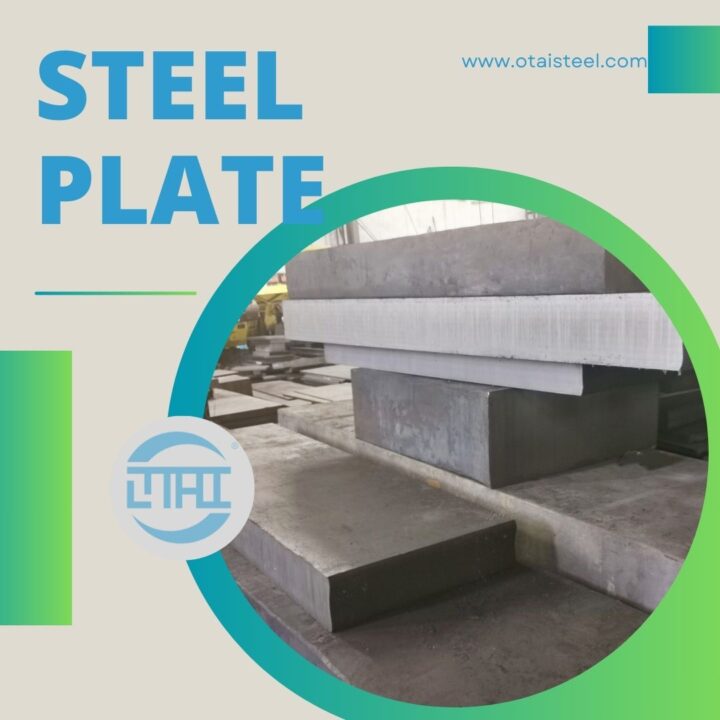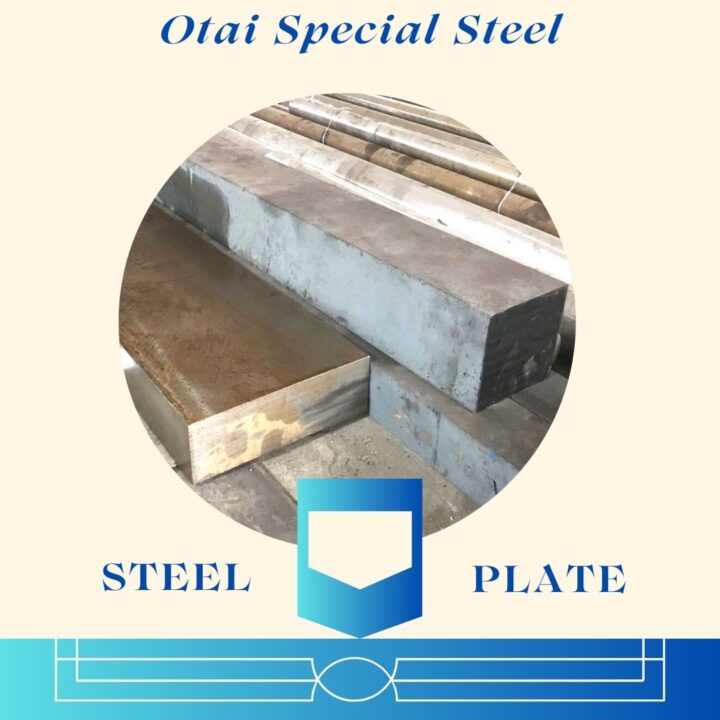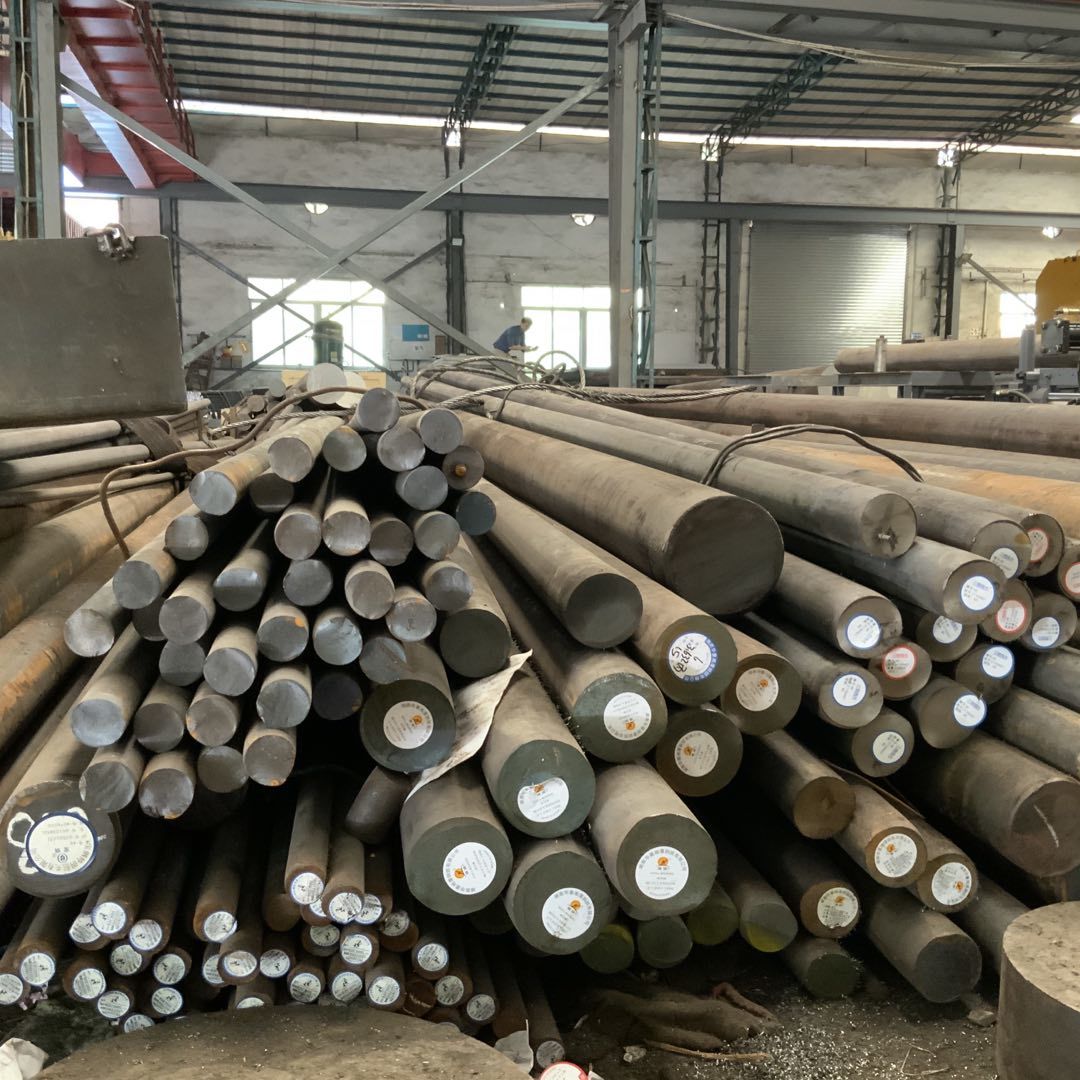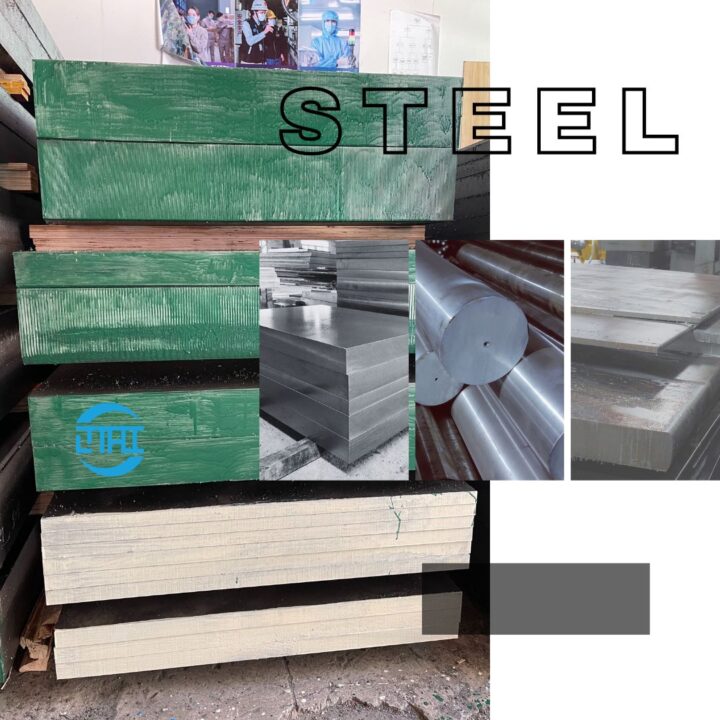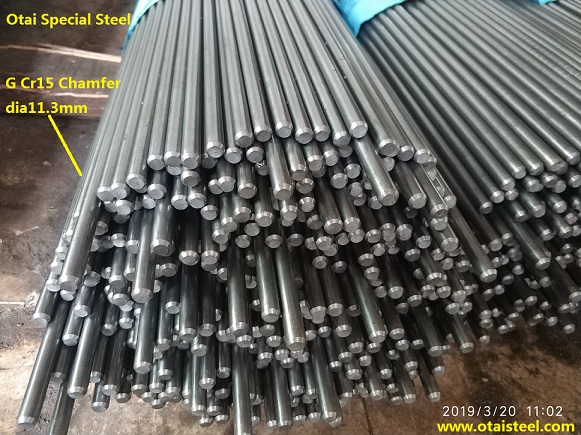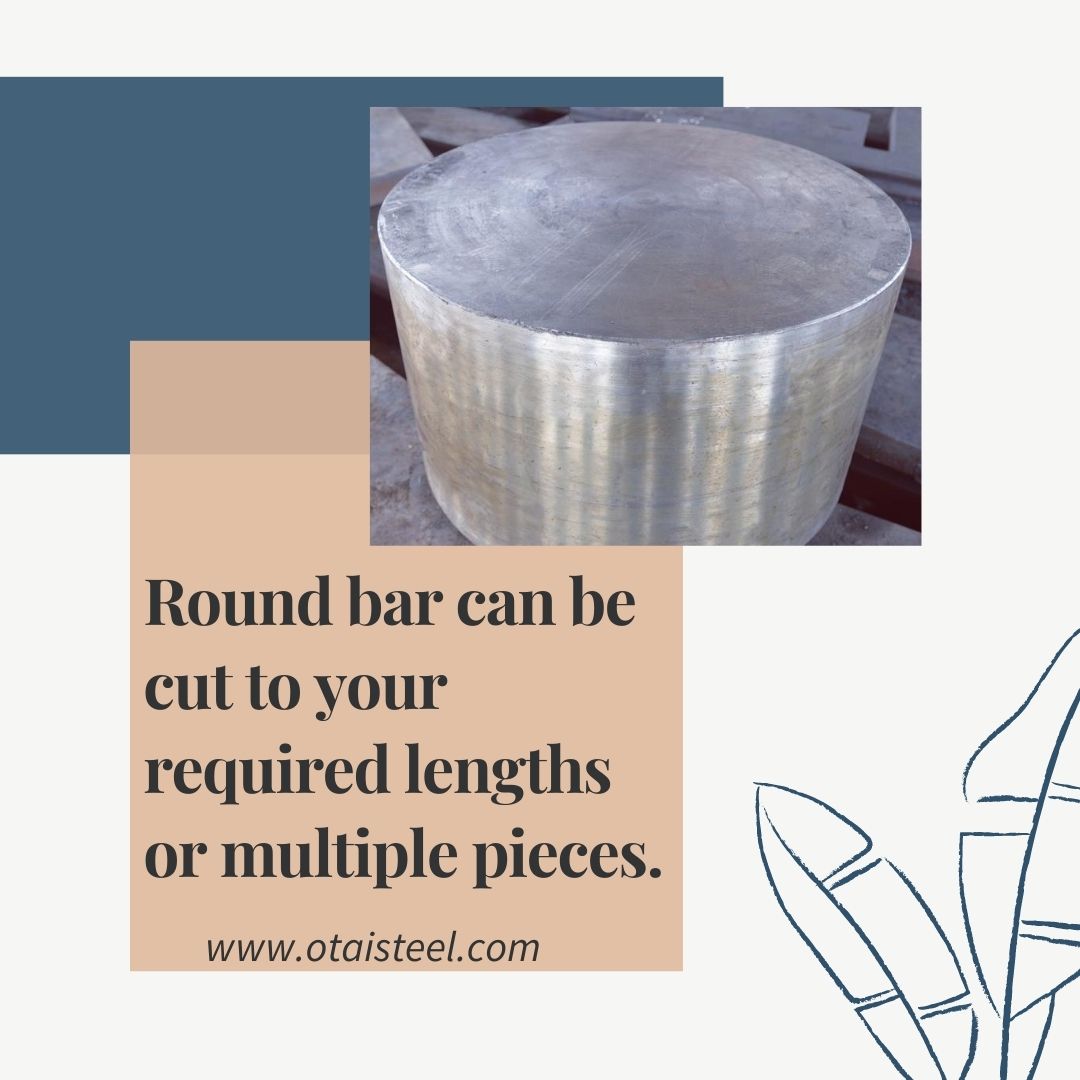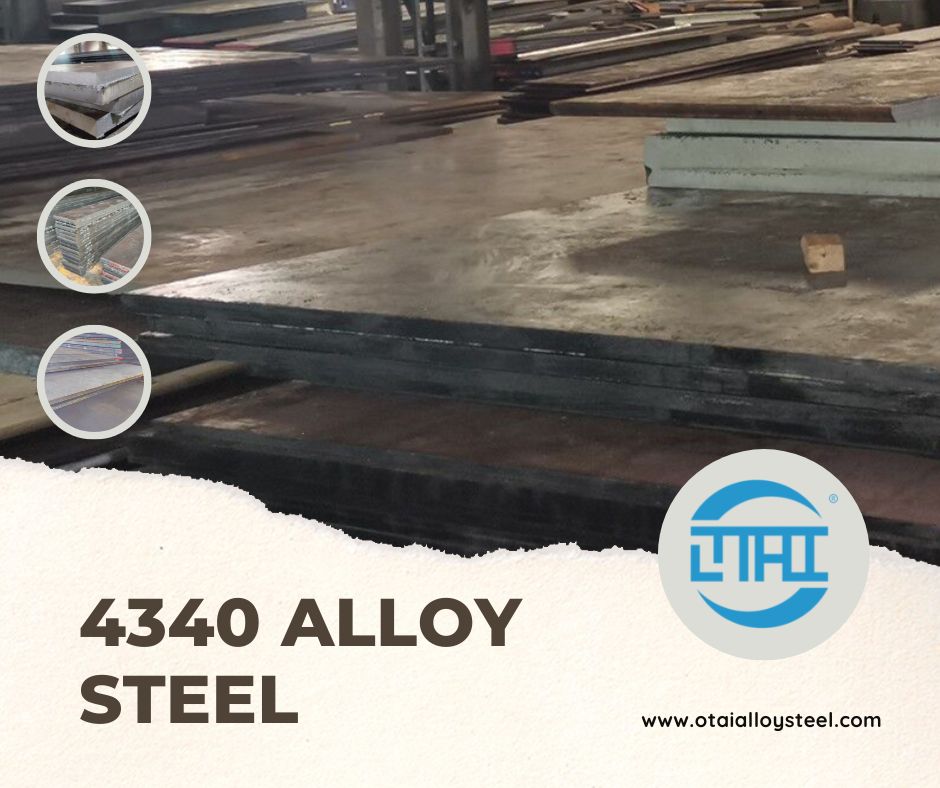In the rapidly expanding landscape of renewable energy, wind power stands out as a key player in the transition to sustainable sources. At the heart of wind energy’s reliability lies a material that plays a crucial role in the durability and efficiency of wind turbines: 8620 steel. In this exploration, we’ll delve into how 8620 steel empowers the wind energy sector through its unmatched reliability.
The Wind Energy Revolution:
Wind turbines have become iconic symbols of clean energy production, harnessing the power of the wind to generate electricity. As the demand for renewable energy grows, so does the need for robust and reliable materials that can withstand the rigors of wind turbine applications.
The Role of 8620 Steel in Wind Turbines:
Wind turbine components operate in challenging conditions, constantly exposed to varying wind speeds, temperature fluctuations, and mechanical stresses. 8620 steel emerges as a stalwart in this environment, offering a unique combination of strength, toughness, and machinability that aligns perfectly with the demands of wind energy applications.
Strength to Withstand Dynamic Forces:
Wind turbine gears and shafts, critical components in power transmission, must endure dynamic forces generated by wind variations. The high tensile strength of 8620 steel ensures these components can withstand the mechanical stresses imposed during operation, contributing to the overall reliability of the turbine.
Toughness for Longevity:
The toughness of 8620 steel is a key factor in its suitability for wind turbine applications. In environments where impacts and vibrations are inevitable, the steel’s ability to absorb energy without fracturing is crucial. This toughness translates into increased longevity and reduced maintenance requirements for wind turbines.
Machinability for Precision Components:
The intricate designs of wind turbine components demand materials that can be precisely machined. 8620 steel’s excellent machinability allows for the creation of intricate gears, shafts, and other critical parts with tight tolerances. This precision contributes to the efficient operation of the turbine and minimizes the risk of performance issues.
Corrosion Resistance in Harsh Environments:
Wind turbines often operate in coastal or elevated locations where exposure to harsh weather conditions is inevitable. The chromium content in 8620 steel forms a protective layer that enhances corrosion resistance, ensuring the longevity of components and minimizing the need for frequent maintenance in corrosive environments.
Enhancing Reliability and Reducing Downtime:
Reliability is a cornerstone in the renewable energy sector, and 8620 steel plays a pivotal role in enhancing the reliability of wind turbines. The durability of components manufactured from 8620 steel translates into reduced downtime, lower maintenance costs, and increased overall efficiency in energy production.
Sustainable Manufacturing Practices:
Beyond its immediate contributions to wind energy, the use of 8620 steel aligns with sustainable manufacturing practices. Its durability and longevity mean fewer replacements are required, reducing the environmental impact associated with manufacturing and disposal of turbine components.
Meeting the Growing Demand for Wind Energy:
As the world increasingly turns to wind energy to meet its power needs, the demand for reliable and efficient wind turbines continues to grow. 8620 steel, with its well-established track record in various industrial applications, stands ready to meet this demand and contribute to the continued success of wind energy projects globally.
8620 steel stands as a vital enabler of wind energy, providing the strength, toughness, and reliability needed to withstand the demanding conditions of wind turbine applications. As the renewable energy sector continues to expand, the role of 8620 steel in empowering wind energy through reliability remains indispensable.
